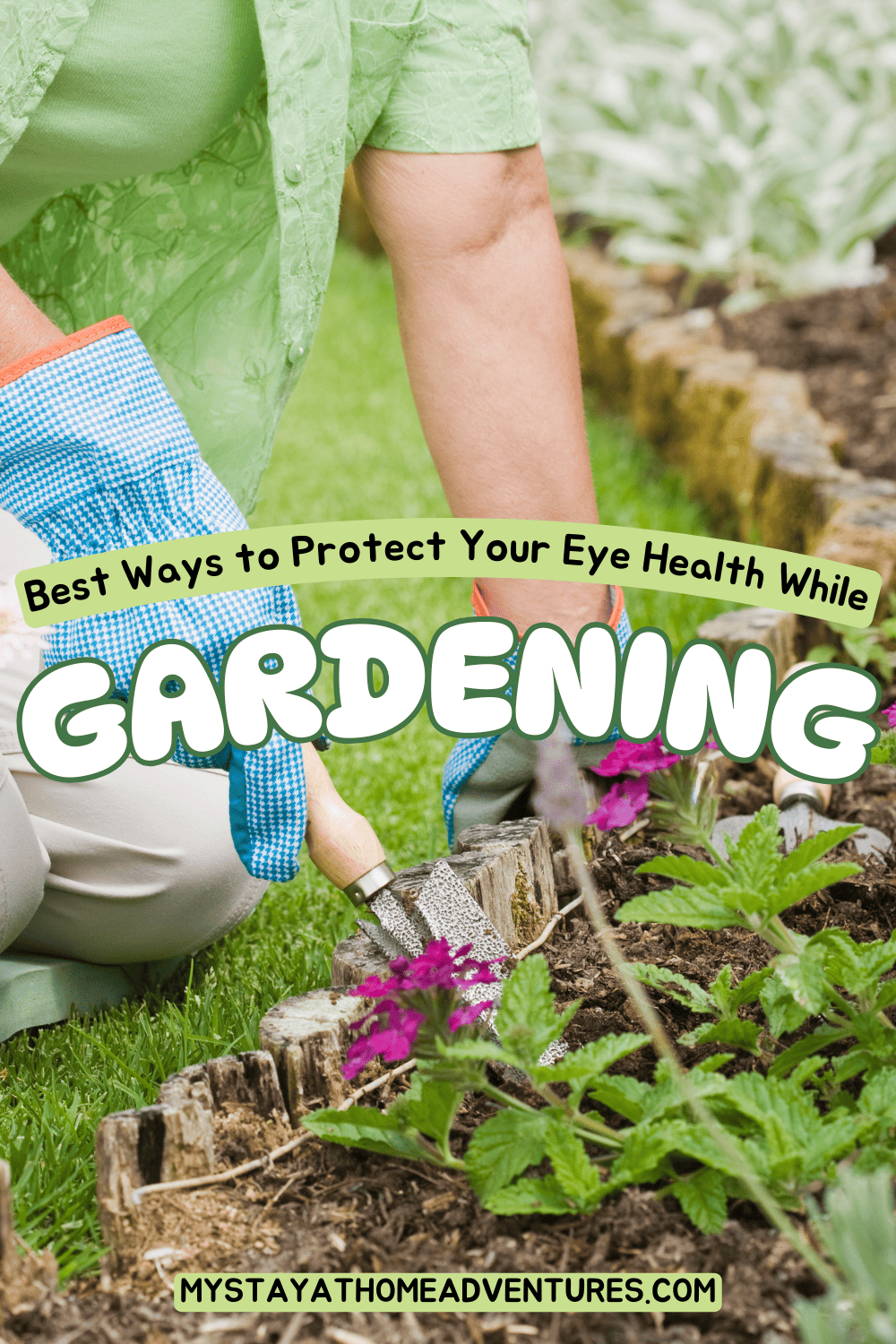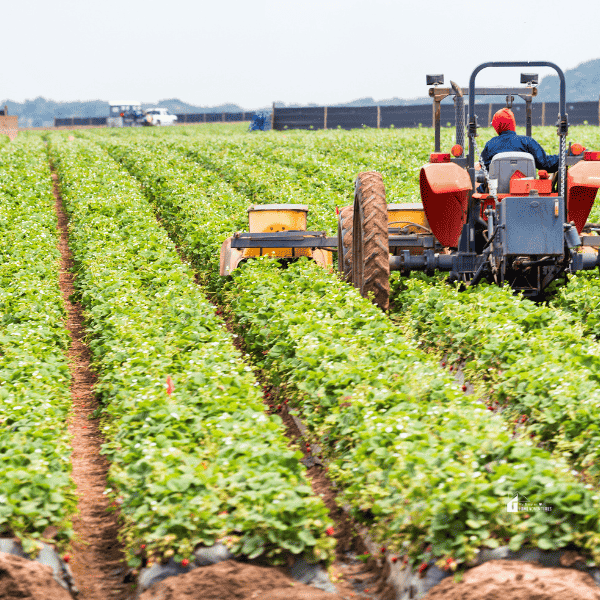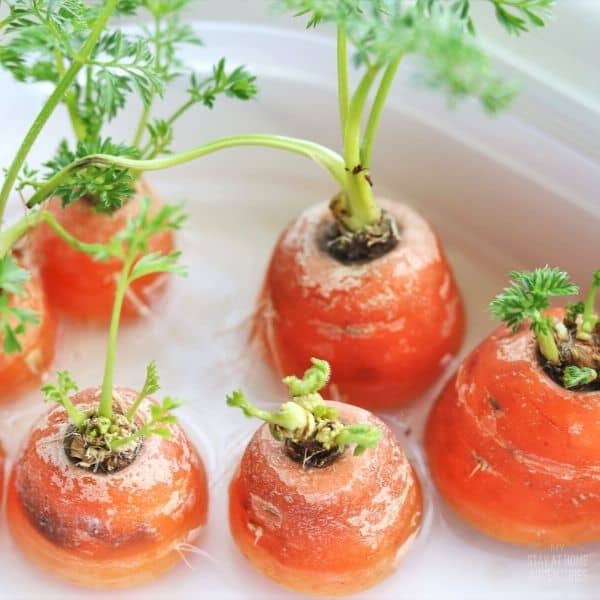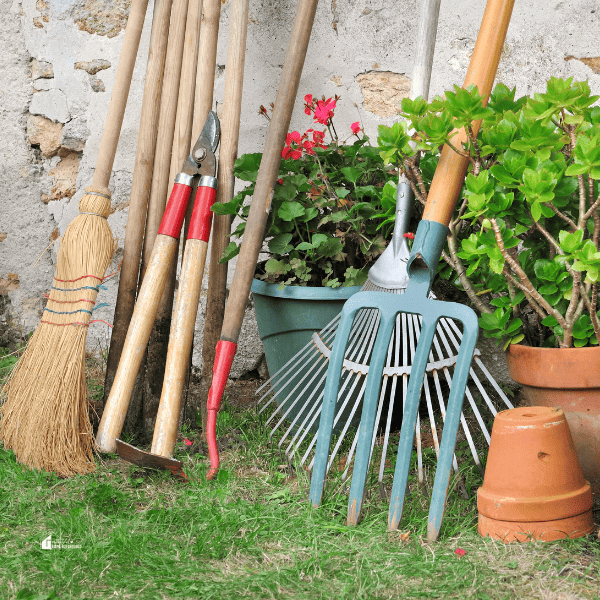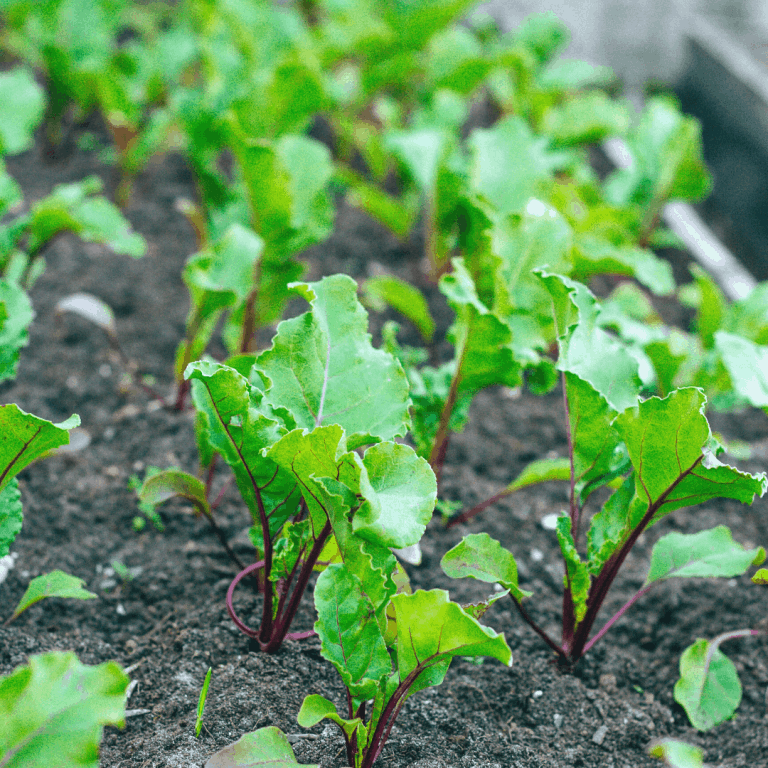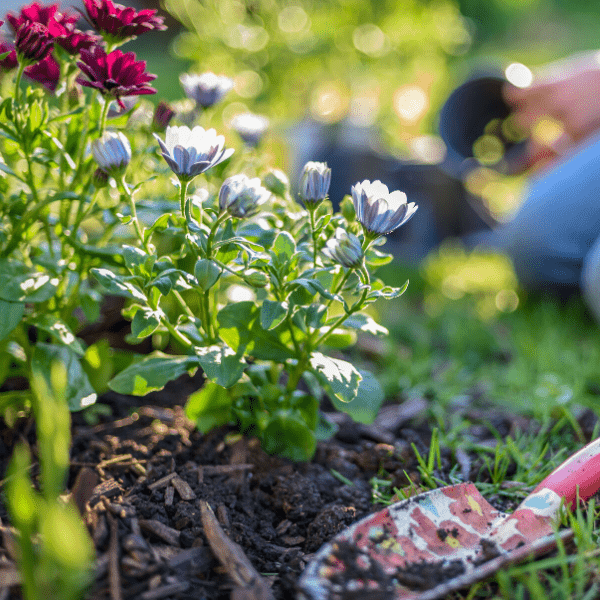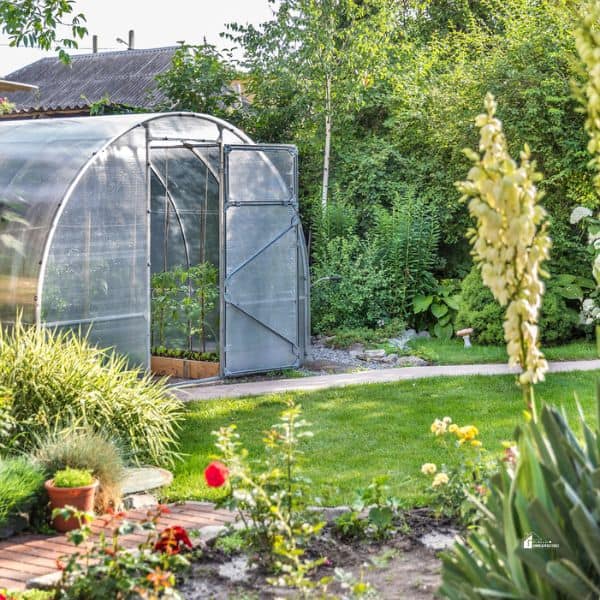Best Ways to Protect Your Eye Health While Gardening
This post may contain affiliate links which might earn us money. Please read my Disclosure and Privacy policies hereGardening requires passion and effort, and the results are often worth the sweat. Whether planting hydrangeas or harvesting bell peppers, gardening can help you relieve stress while providing regular physical activity. However, taking precautionary measures while gardening should not be overlooked, especially since you might be exposed to more risks than you'd expect.
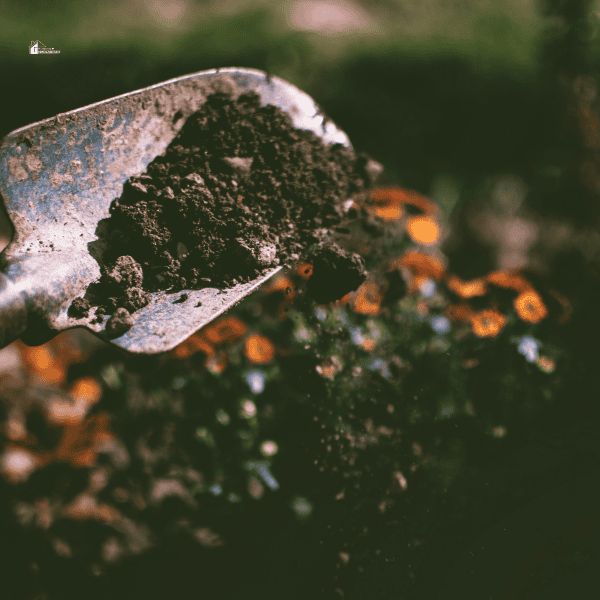
Your eyes, in particular, can be particularly vulnerable while gardening. An Elsevier study found that 55 million eye injuries worldwide limit mobilities each year. The same study highlighted the case of a 58-year-old man who experienced a gardening ocular injury when a metallic nail penetrated his left eyebrow. To avoid similar incidents, prioritizing eye safety in the garden is crucial. That said, here are some tips to protect your eye health while gardening:
Wear eye protection
Doing yard work under the sun can expose your eyes to UV rays, leading to photokeratitis and even cataracts in the long run. To prevent that, you can wear sunglasses while gardening. If you need corrective lenses, then you can opt for prescription sunglasses that can block UV rays without sacrificing vision correction. Sunnies like the Ralph RA5293 and Oakley Contrail are viable options that can help cover the sensitive skin around your eyes, preventing dust and foreign particles from compromising your vision. You can also look for safety goggles with ANSI Z87.1-2020 certification for guaranteed eye protection while gardening.
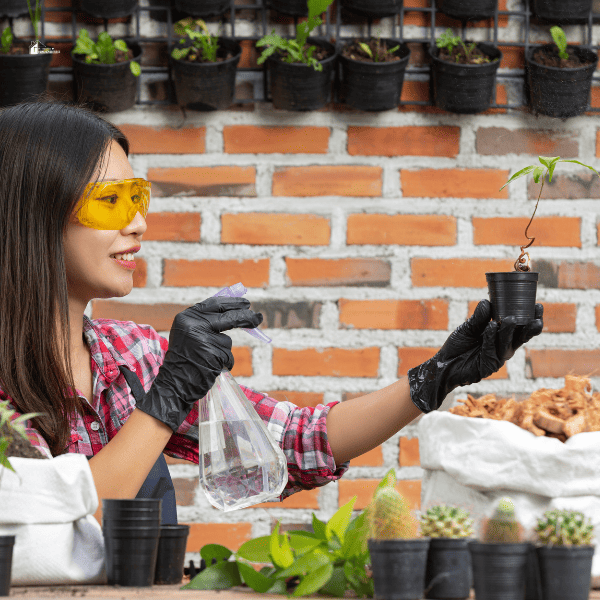
Avoid pesticides
Using pesticides in your garden can also pose risks. Chemicals found in pesticides can splash into your eyes and get absorbed by eye membranes, causing vision problems. You can avert that by simply avoiding pesticides and curating a pesticide-free garden by making your compost pile that can be a source of organic fertilizer. Take some time to study other natural ways to remove pests from your yard, such as companion planting and using natural diatomaceous earth powder that can absorb moisture from insects, killing them eventually. That way, you can protect your eyes and your plants from harmful substances.
Do not touch your eyes
Avoid touching your eyes as much as possible when gardening, as your hands can be covered with dirt and bacteria. Research shows that dust, dirt, and pieces of plants can lead to corneal abrasions or scratches to the eyes’ corneal surface. That said, make sure to wash your hands thoroughly during breaks or after gardening to minimize the risk. You can also wear gardening gloves to prevent dirt and germs from accumulating in your hands, like the Bionic ClassicGrip 2.0, which has micro-pads that wick away moisture. Wear them with your safety eyewear for maximum defense against small particles.
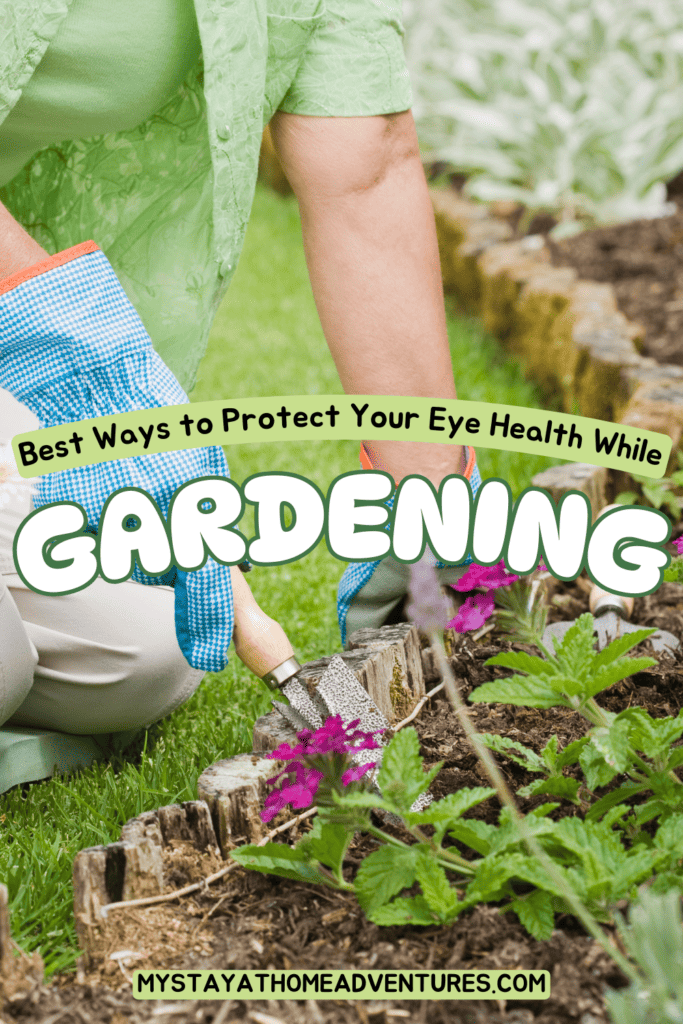
Inspect potential threats
Cutting the grass with your mower may seem convenient, but small and hazardous debris like sticks or rocks can go through your mower’s blades quickly and potentially hit your eye. The same thing can happen when trimming bushes or trees, especially since electric hedge trimmers can throw small sticks upwards.
You can prevent these risks by inspecting the area you’ll be working on and removing any hazardous debris that can harm your vision, including broken sticks and rocks. Ultimately, though, don’t forget to wear your protective eyewear for extra safety.
Spending time in the fresh air while gardening can be a fun-filled activity that can boost your mood, but it doesn’t come without risks. Follow these tips to preserve your vision health while enjoying gardening to the fullest.

